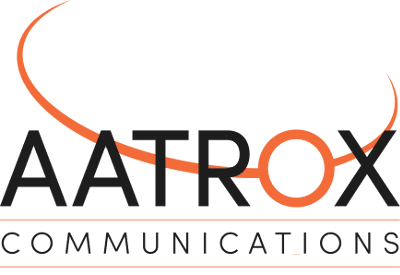
Businesses spread over multiple locations may at times require conference calling, video calling, screen sharing – the list goes on. As technology evolves and the world becomes more connected, there are ways of collaboration between staff that removes the need of being in the one physical location. A buzzword you may have heard of to describe this is unified communications.
What is ‘Unified Communications?’
Unified communications provide a framework for multiple different types of communication, making use of the IP network. Features in a unified communications suite often include video calling, instant messenger, voice calls, fax and more. Presence information is also a feature highly regarded amongst those using some form of unified communications suite, as it allows others in the company to know who is available and ready to take calls.
The main intention behind the idea of unified communications, is to connect VoIP (voice over IP) with other means of online communication, so all office communications (and personal) can take place in the one spot.
Unified Communications Features
Web, Video & Audio Conferencing
Video conferencing usually requires most, if not all, parties to be broadcasting their webcams, basically mimicking a traditional meeting.
Web conferencing on the other hand, is a term usually reserved for webcasts or webinars. Web conferencing requires the host to broadcast via their webcam or perhaps just sharing their screen, while the participants only need an internet connection and a computer (or phone).
Audio conferencing is the more traditional example, having taken place for years. This doesn’t mean it isn’t used though. Audio conferencing is a great low-cost alternative to video conferencing or travel between offices and is often enough to hold the meeting.
Presence Information
Calling, emailing or messaging someone with no real idea as to whether they’re available not can eat up valuable time – especially if you need to work your way through your contacts list to find someone. With presence information, if someone is away from their desk, on the phone or simply not taking calls at the time, people will be able to tell by simply looking at their contact name in whatever UC suite they are using.
Voicemail features
When a call is missed, the voicemail message can be set up to be sent to your email, instant messenger – whatever is available in your specific UC suite.
Cross-Platform
Whether you’re sitting at your desk, on your phone getting coffee or travelling – the ability to be contacted when you need to be is always there and convenient for all involved.
A great UC suite will combine the best communications methods, enhancing communications and collaboration throughout the business.
There are a large number of companies offering unified communications suites, and while most will have the same features there will be slight differences in each one.
Be sure to take time when deciding which features are right for you and your business, and which ones will make the lives of you and your employees easier. When well thought-out, using any number of these features can save time, improve collaboration and productivity and reduce the amount of travel within a company.
[3cx-clicktotalk id="29505" title="AatroxComms"]

